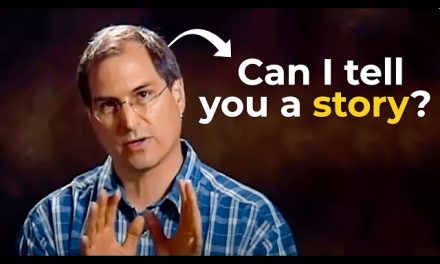The Fascinating Prospect of Parallel Worlds
Mirror Images of Ourselves Living Our Lives
The concept of parallel worlds has intrigued humanity for centuries, fueling our imagination and sparking countless debates among scientists, philosophers, and science fiction enthusiasts. One of the most captivating ideas within this realm is the possibility that parallel worlds could exist, each containing an exact copy of ourselves leading parallel lives. This notion, though firmly rooted in the realms of speculation and theoretical physics, raises profound questions about the nature of reality, the vastness of the cosmos, and the limits of human understanding.
Theoretical Foundations
To comprehend the idea of parallel worlds inhabited by identical versions of ourselves, we must delve into the realm of quantum mechanics and the multiverse hypothesis. Quantum mechanics, the branch of physics that deals with the behavior of particles on the smallest scales, has consistently perplexed scientists with its strange and counterintuitive principles. One of these principles is the superposition, which posits that particles can exist in multiple states simultaneously until observed. This notion has led to the development of the many-worlds interpretation.
The many-worlds interpretation, first proposed by physicist Hugh Everett III in 1957, suggests that every possible outcome of a quantum measurement actually occurs, but in separate branches of the universe. In essence, this means that every decision we make, every quantum event, and every possible scenario leads to the creation of an infinite number of parallel universes. Within this framework, it is plausible that there exists a parallel world for each and every variation of choices we make in our lives, down to the smallest details.
Mirror Images of Ourselves
If we consider the implications of the many-worlds interpretation, it becomes apparent that there could indeed be parallel worlds where exact copies of ourselves live out our lives. These doppelgängers would share our DNA, our memories, and our life experiences up to a certain point of divergence. This notion is nothing short of mind-boggling; it implies that there are countless versions of us scattered throughout the multiverse, each making slightly different choices and experiencing different outcomes.
The philosophical and existential questions that arise from this idea are profound. Do these parallel selves have the same consciousness as us? Are they aware of their existence in a multiverse? If so, how do their experiences shape their understanding of reality? Could we ever communicate or interact with them? These questions serve as a testament to the limitless curiosity of the human mind and its insatiable hunger for understanding the universe.
Testing the Hypothesis
The many-worlds interpretation, though mathematically elegant, remains purely theoretical and lacks empirical evidence. Testing this hypothesis is challenging, as it involves observing and interacting with parallel worlds, a task far beyond the capabilities of our current technology. However, some scientists are exploring indirect methods to provide insights into the existence of parallel universes.
One such approach involves studying cosmic microwave background radiation and gravitational anomalies that could be indicative of interactions between our universe and others. Additionally, ongoing experiments at particle accelerators and quantum physics laboratories seek to shed light on the mysteries of quantum mechanics, which could indirectly support the many-worlds interpretation.
The concept of parallel worlds inhabited by exact copies of ourselves living out our lives is a captivating and tantalizing idea rooted in the realms of theoretical physics. While it remains a topic of speculation and debate, the multiverse hypothesis offers a fascinating lens through which to explore the nature of reality and the universe’s limitless potential. Whether or not these parallel worlds truly exist is a question that may never be definitively answered, but the pursuit of knowledge and understanding drives us to explore the boundaries of our current scientific understanding. In the end, the possibility of parallel worlds reminds us of the infinite wonder and complexity of the cosmos that we continue to explore.





























South Florida Media Comments